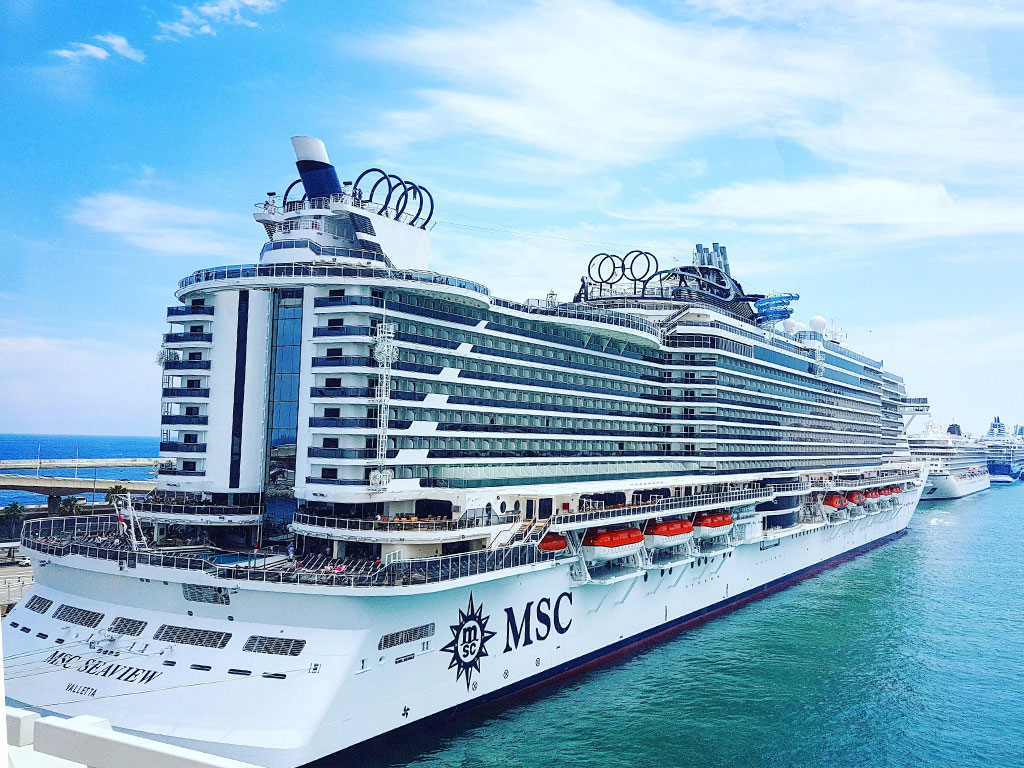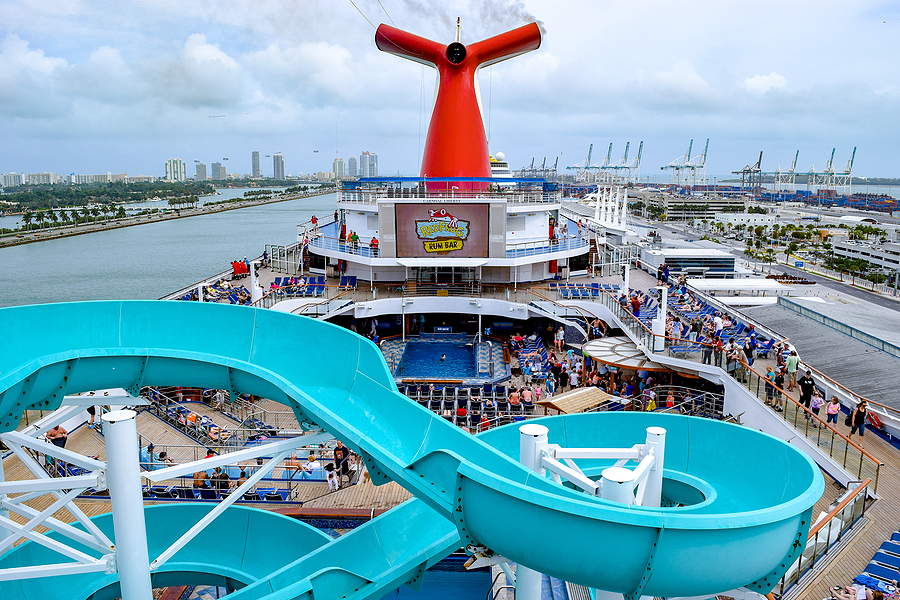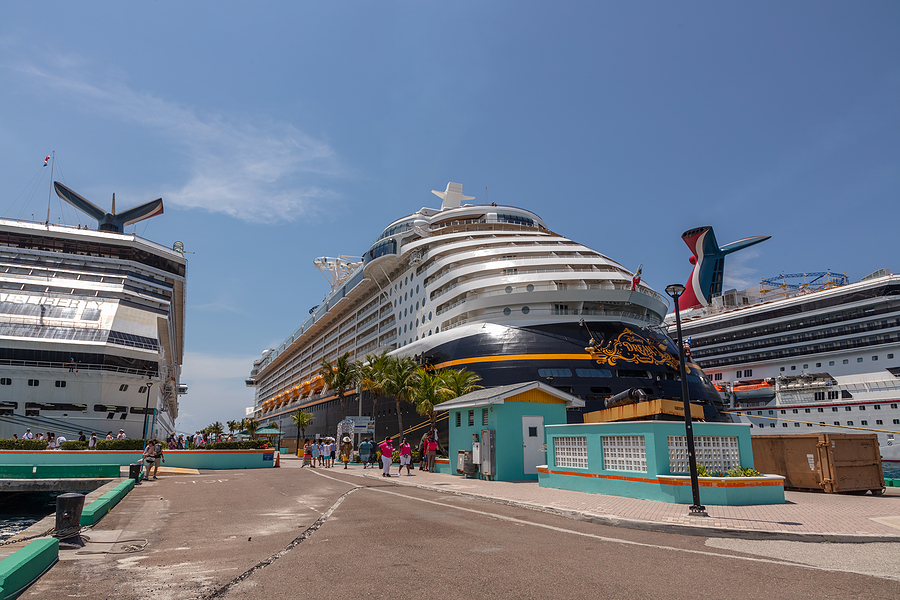
GANGWAY ACCIDENTS ON CRUISES
Gangways are also known as seaport passenger boarding bridges. They are a means for people to get on and off a cruise ship safely. In general maritime terms, a gangway is considered a walkway or a bridge that connects the cruise ship to land. Because access varies from one port to another a gangway can’t be positioned on different accents of the ship depending on the configurations of the port and the tide.
In some parts for larger vessels, some gangways consist of an enclosed bridge that is very similar to a jetway that you would find linking an airplane to an airport. There are three major types of gangways:
- 1 Fixed gangways
- Telescoping gangways
- Mobile adjustable gangways




